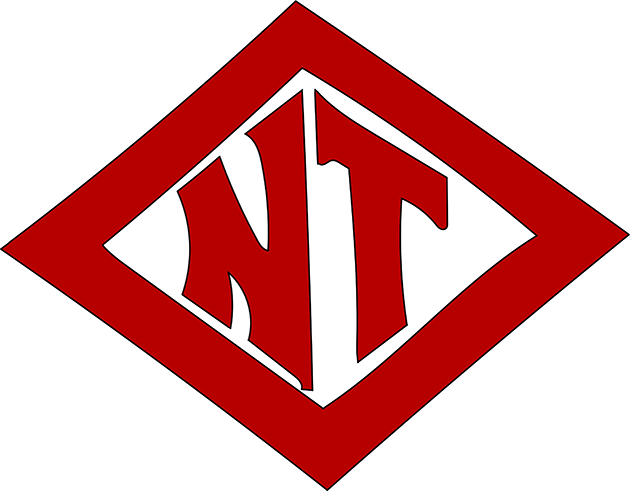Tonawanda, transcription (pp8-9, Burke's Illustrated Guide to Niagara Falls, 1855).jpg
Dublin Core
Title
Tonawanda, transcription (pp8-9, Burke's Illustrated Guide to Niagara Falls, 1855).jpg
Description
A sufficiently waggish description of the young village of some 2,000 souls, with mention of Cleveland financiers but not the 1830s Bostonians:
**TONAWANDA.**
We now approach Tonawanda, which is twelve miles from Buffalo. It is situated at the mouth of the creek of the same name, joining the Niagara, directly opposite the widest part of
**GRAND ISLAND.**
Here the Erie Canal, taking advantage of this noble creek, leaves the river and follows it to Pendleton, about twelve miles distant. Here, also, the traveller on the American shore, is at the widest part of the Niagara River away from her British Majesty's dominions, with all the accompanying fancies of Thrones,
**CROWNS AND SCEPTRES.**
Tonawanda lies on both sides of the creek; is a pleasant village, containing some two thousand inhabitants and derives its name from the Indian of *swift running water,* which term is rather mysterious, the Creek being very deep and sluggish.
This village in the years '48 and '9, also put up pretensions to cope with Buffalo. The Merchants of Cleveland, jealous of the prosperity of the "Queen City," under pretense of want of sufficient harbor room, came boldly out and published a plan to make Tonawanda the port for the discharge of Western produce intended for the Eastern market. They soon erected elevators, wharves, &c., but without any apparent disadvantage to Buffalo.
There is here a dam of eighty-four feet in width which, at the same time that it benefits the Canal, produces a very interesting fall or cascade. It is crossed by a long wooden bridge on which the railroad to Niagara Falls runs.
The lowness of Tonawanda, and sluggishness of its creek, will always make it a prosperous place for rheumatism and ague, and most fit for a speculation in
**BURIAL GROUNDS.**
**TONAWANDA.**
We now approach Tonawanda, which is twelve miles from Buffalo. It is situated at the mouth of the creek of the same name, joining the Niagara, directly opposite the widest part of
**GRAND ISLAND.**
Here the Erie Canal, taking advantage of this noble creek, leaves the river and follows it to Pendleton, about twelve miles distant. Here, also, the traveller on the American shore, is at the widest part of the Niagara River away from her British Majesty's dominions, with all the accompanying fancies of Thrones,
**CROWNS AND SCEPTRES.**
Tonawanda lies on both sides of the creek; is a pleasant village, containing some two thousand inhabitants and derives its name from the Indian of *swift running water,* which term is rather mysterious, the Creek being very deep and sluggish.
This village in the years '48 and '9, also put up pretensions to cope with Buffalo. The Merchants of Cleveland, jealous of the prosperity of the "Queen City," under pretense of want of sufficient harbor room, came boldly out and published a plan to make Tonawanda the port for the discharge of Western produce intended for the Eastern market. They soon erected elevators, wharves, &c., but without any apparent disadvantage to Buffalo.
There is here a dam of eighty-four feet in width which, at the same time that it benefits the Canal, produces a very interesting fall or cascade. It is crossed by a long wooden bridge on which the railroad to Niagara Falls runs.
The lowness of Tonawanda, and sluggishness of its creek, will always make it a prosperous place for rheumatism and ague, and most fit for a speculation in
**BURIAL GROUNDS.**
Date
1855
Collection
Citation
“Tonawanda, transcription (pp8-9, Burke's Illustrated Guide to Niagara Falls, 1855).jpg,” North Tonawanda History, accessed December 12, 2025, https://nthistory.com/items/show/3984.

